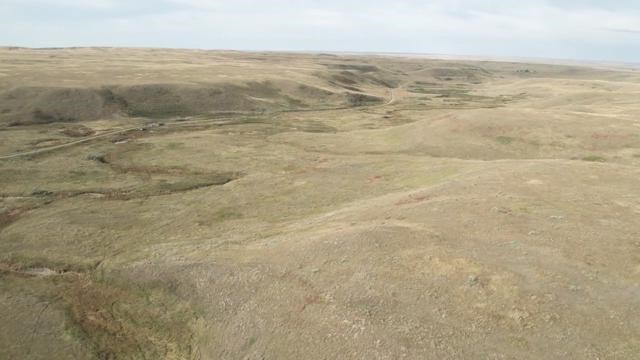Nature Conservancy of Canada has discovered 10 species at risk on its newly-acquired Wideview Complex. The Nature Conservancy of Canada is Canada’s leading private, not-for-profit land conservation organization. It made a major land acquisition in spring 2017 of multiple land purchases next to Grasslands National Park. This area, called the Wideview Complex, covers 1,222 hectares, or 3,021 acres, and includes rolling hills and native grasslands in the Milk River Basin Natural Area.
Over the summer, Nature Conservancy staff and volunteers undertook what they called a “bioblitz”, which were biological assessments and inventories of habitats and species. It involved documenting all species found on the Wideview Complex, including species at risk. During the documentation, they discovered ten species which are at risk. “Discovering this many species at risk on the Wideview property shows there’s hope in conservation,” stated Jennifer McKillop, director of conservation for the Nature Conservancy of Canada in Saskatchewan.
The NCC’s team was pleased to record the presence of threatened birds such as Sprague’s pipit, loggerhead shrike and common nighthawk in its survey. Common nighthawks are carnivores that eat a variety of insects and can consume approximately 500 mosquitos a day. Other results focused on the prairie population of northern leopard frog, which is a species of special concern. Particular threats to the frog include habitat degradation and loss due to conversion, wetland draining, and habitat fragmentation, predation by invasive game fish, steam bank erosion and pesticides. “As grasslands continue to disappear, these iconic animals are also disappearing. Their presence is an indication of the health of the ecosystem and what the Nature Conservancy of Canada is doing right to care for it,” McKillop added.
The information the group has collected is now going to be used to determine the best way to manage the habitat for those species. A well-functioning ecosystem depends on the health of all its parts. Canada’s temperate grasslands are considered the world’s most endangered ecosystem. More than 50 per cent have been lost to development. In Saskatchewan, 80 per cent of the original grasslands have been lost to development. Grassland birds in Canada have shown major declines in the past four decades. Maintaining these species increases biodiversity, and a diverse ecosystem can respond better to threats and sustain all the life that depends upon it.
The Wideview Complex conservation project received financial support from several partners, including the Government of Canada through the Habitat Stewardship Program and through the Natural Areas Conservation Program, the Government of Saskatchewan through the Fish and Wildlife Development Fund, as well as from other private and individual donors. In Saskatchewan, the NCC has conserved over 60,700 hectares of ecologically significant land.




